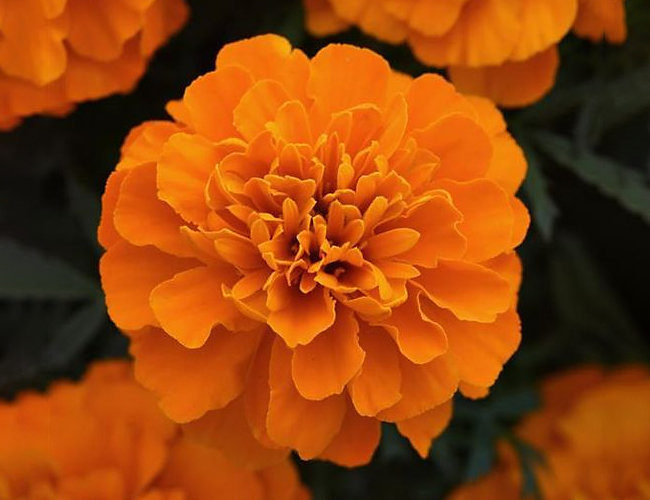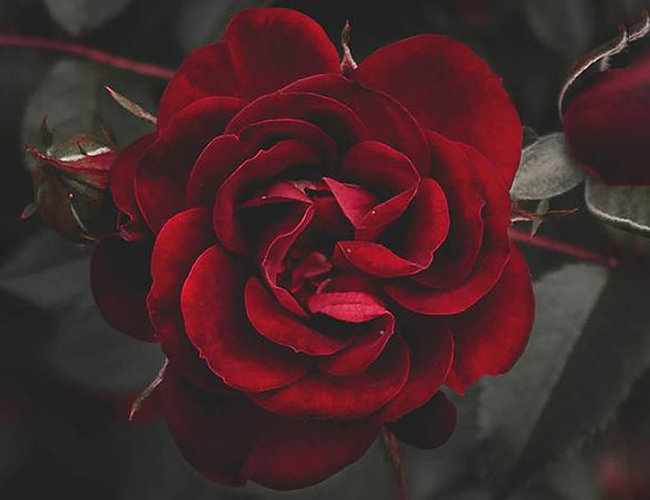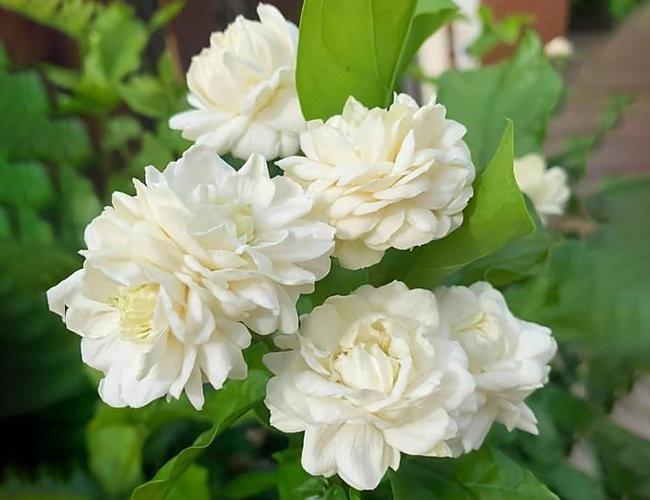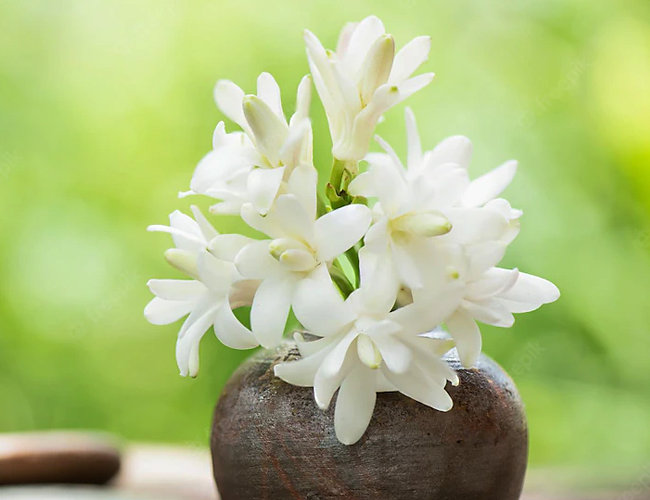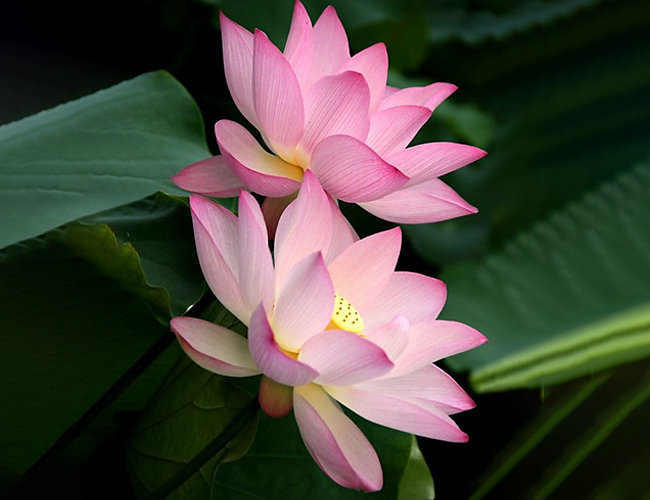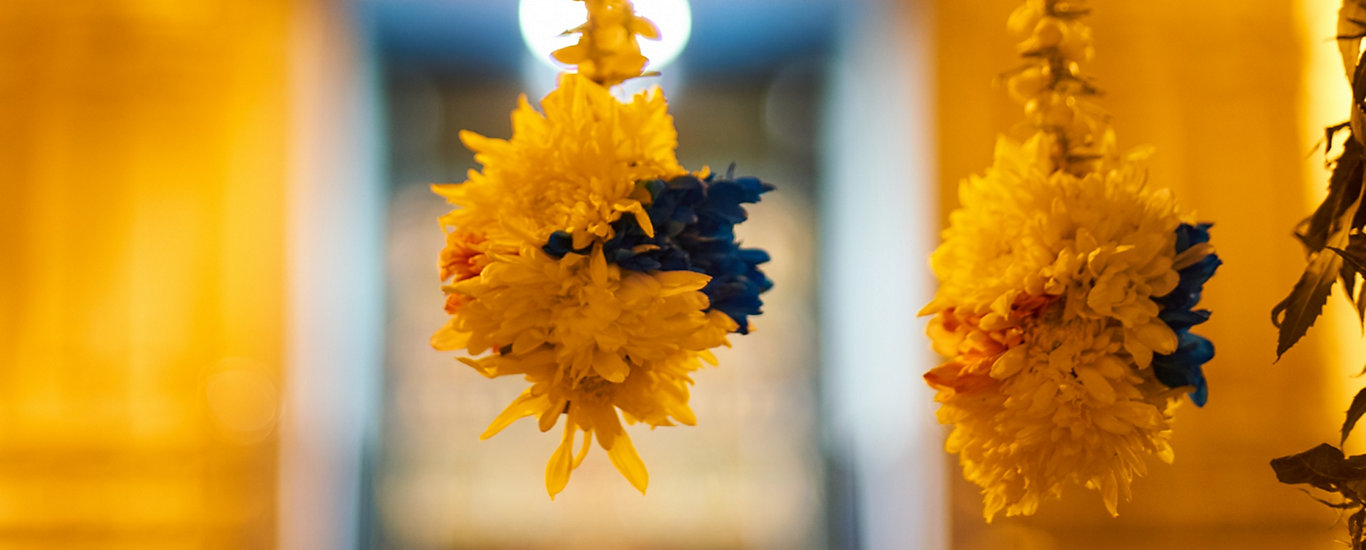
For centuries, and across cultures, flowers have spoken a language transcending time. Although pretty to look at on the surface, their significance has always run deep. Since flowers carry human sentiment far beyond what words can express, why not harness the language of flowers when it's time to make a lifelong commitment?
What is the Language of Flowers?
The language of flowers—floriography has long existed but it was introduced as a concept and a ‘life hack’ in the Victorian era. An era where the open display of emotions was shunned.
Alongside the complex feelings of love, attraction, despair and sadness, expressions as simple as a ‘yes’ or ‘no’ could be conveyed by simply accepting flowers from either the right or left hand.
Since we humans speak a multitude of languages across the globe, the ever-changing language of flowers can be used per culture to highlight human emotions whenever we fall short of words.
How do flowers add meaning to Indian celebrations and culture?
Flowers are one of the many unifying elements of the intricately diverse culture of India and are used across pujas, religious offerings, ceremonies, and celebrations. They are not seen as mere throwaway items used as floral decorations for weddings but they rather form an integral part of the ceremony.
The exchange of the Varmala after the Baarat— at the beginning of the wedding, the bride’s hair, the groom’s veil (sehra), the decorated mandaps and the showers of blessings with flowers showcase exactly how vital of a part different types of wedding flowers play in Indian weddings. But what significance do these flowers hold?
Floral symbolism
Specific Indian wedding flowers connotate distinct meanings, thereby elevating an occasion as purpose-built as this ceremony. Here’s a list of certain symbolisms that Indian wedding flowers hold:
Symbolising happiness
What couple would not want a bright, happy or cheerful future? The wedding flowers like the cheery marigold and the summery sunflower bring forth a degree of happiness to every occasion. While the sunflower is used mainly as a floral decoration for the wedding, the marigold is used throughout the wedding ceremony—it forms a part of wedding garlands and is also showered over the wedding couple in the form of a blessing.
Symbolising love and affection
Red flowers typically denote the love and affection that the pair have for each other. Most common of all, the crimson rose—a valentines day staple signifies each feeling. The rose is also incredibly versatile and its significance doesn't stay limited to just decor or garlands as it also forms part of the food and water served at weddings.
Symbolising purity
There is a certain sense of purity in the love shared between the newlyweds and white flowers denote this purity. In the Indian context, the sweet-scented jasmine is a flower that signifies the innocence of love that is to be shared between the couple. These small white flowers are typically used in the bride's hair and the groom’s veil (sehra).
Symbolising pleasure
The Rajnigandha has an aura that is both enchanting and alluring. Most commonly referred to as the “fragrant one of the night” its distinct scent adds to the principle of pleasure that drives the pair towards each other. The flower symbolises forbidden pleasures as well as subtle sensuality.
Symbolising divinity
Religion and Indian culture are closely tied and flowers are a part of several depictions of Hindu Gods and Goddesses. Both the hibiscus and the lotus add an element of divinity experienced through religion to the wedding. Lord Ganesha and Goddess Kali are often associated with the hibiscus and Saraswati, Vishnu, Brahma, and Parvati are depicted with a lotus.
The commemoration of life through celebrations, occasions and religion bring colour to our existence just as flowers just bring colour to our world, help build new relationships and make new promises.
So why not go the extra mile and hand-pick a momentous flower for when you tie the knot as you would hand-pick a Mohey Lehenga to commemorate the occasion that doesn't just build naye rishte but also naye vaade.
Check out our collection of Bridal Lehengas here.






